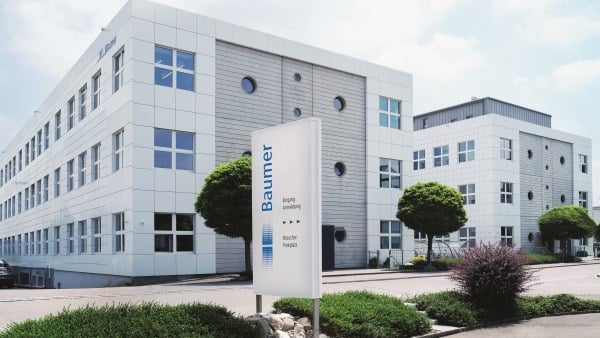Italia
it
Italiano
1 gen 2022
AI image processing of tomorrow: Smart Cameras for implementing Industry 4.0 and AI applications
Smart Cameras combine high-quality image capturing and powerful image processing in an industrial-grade housing, making them the perfect image processing platform for Industry 4.0 and Artificial Intelligence (AI) applications.
The market for industrial image processing has developed rapidly in recent years and today it is hard to imagine many industries without it. More and more applications are being covered by imaging techniques, for example to make production processes as flexible and efficient as possible. In the past, image processing solutions were usually developed by highly specialized system integrators, but today end users and OEMs are increasingly doing this independently. The basis for this is provided by high-quality and easy-to-use GenICam-compatible cameras, powerful standard industrial PCs for image data processing, and convenient and flexible application programming, e.g. with Python or openCV. Baumer combines all of this in their industrial-grade AX smart cameras. These simplify industrial image processing and facilitate the implementation of current tasks such as integrating AI and Deep Learning as well as implementation in Industry 4.0 environments.
AI and Deep Learning complement industrial image processing

Industry 4.0 and edge processing for lot size 1
Industry 4.0 offers significant efficiency gains and cost reductions with complete digitization from product design to manufacturing and distribution. AX smart cameras realize their full strength as measuring devices or for quality control in industrial plants that flexibly manufacture different product variants or manufacture products with lot size 1. For example, the required information on the respective test object can be obtained directly from the cloud in order to check customer-specific characteristics. The subsequent result can be communicated to the PLC. If the data processing takes place directly in the camera, as is the case with AX smart cameras, this is referred to as vision-at-the-edge.In order to reduce bandwidth and save additional components such as industrial PCs, cables or interface cards with edge processing compared to conventional camera PC systems, the smart cameras have a wide range of standard-compliant interfaces for Ethernet, RS232, USB 3.0 and HDMI. Users thus benefit from the greatest possible flexibility in system design, communication in and with other systems, and data exchange.

Smart cameras: image processing platforms of today and tomorrow
Propelled by the trends of AI and Deep Learning as well as Industry 4.0 and edge processing, the image processing market will continue to undergo major changes in the coming years. Many tasks that are currently handled using conventional camera PC systems will be even easier to implement in the future with the help of freely programmable image processing platforms such as the AX smart cameras. The computing power of the NVIDIA Jetson AI modules, the openness of the system and the support of established standards that allow programmers to easily use existing libraries, tools and AI models will play a decisive role in their success. Combined with a robust, industrial-grade and thermally optimized design, a wide range of interfaces and high image quality based on the latest CMOS sensors from Sony, AX smart cameras provide the perfect image processing platform for today and tomorrow.Download stampa
-
AI image processing of tomorrow: Smart Cameras for implementing Industry 4.0 and AI applications

